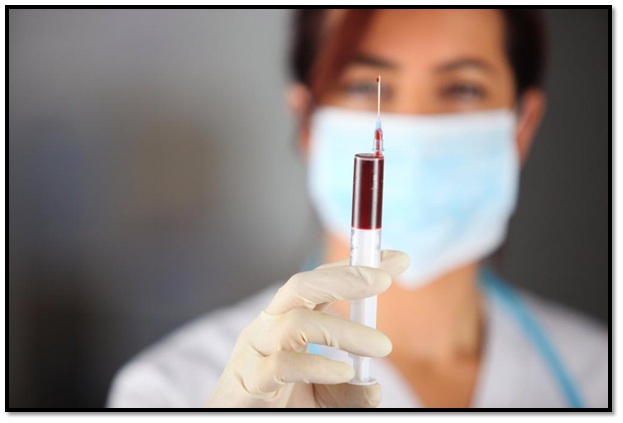
PRP Therapy: The What, The How, and The When
An ideal treatment for injuries that are difficult to take care of, i.e., those that take too long to show improvement, PRP therapy—or Platelet Rich Plasma therapy—not only offers effective results, but it also helps us understand how the healing process works and how it can be operationalized to work in our favor.
By using an essential component of blood, PRP therapy prompts the body to go into repair mode, giving it a healthy dose of potent energy through platelets in that isolated region.
A straightforward method, PRP therapy, nevertheless, mystifies those who are new to the world of alternative therapies. So we decided to provide some basic information about it.
What is PRP Therapy?
Our blood has several components: red blood cells, white blood cells, plasma and platelets. Platelets, white blood cells and red blood cells make up the solid part of our blood. In contrast, plasma is mostly water, carrying various essential components like nutrients, proteins, glucose, and antibodies.
PRP therapy uses platelets, which primarily function by aiding the body with tissue regeneration, cell division, and healing. It is these platelets that rush to the site of an injury to prevent excessive bleeding by clotting the area.
How Does PRP Therapy Work?
PRP therapy uses the patient’s own blood for therapy. After a sample is drawn from the patient’s arm, the blood is then placed in a special machine that separates the blood cells. From this, the platelet portion is extracted and injected into the site of the injury.
Painless and simple, PRP therapy takes about 30 minutes, and this includes the time it takes to draw blood, put it in a centrifuge, and inject it.
Typically, PRP therapy is administered by a sports medicine doctor or a board-certified doctor who has experience with PRP therapy, like the doctors at Foot & Ankle Institute in Miami Beach, FL. Otherwise, not many doctors have the training or the equipment to carry out this treatment successfully.
When Can You Go for PRP Therapy?
PRP therapy has proven to be effective intreating the following:
- Hair loss
- Tendon ligament injuries
- Acute injuries
- Post-surgical injuries
- Fractures
- Wounds
- Osteoarthritis
For any patient that may be in need of relief, PRP therapy is one of the best treatment options.
Curious about PRP Therapy for Your Injury?
Come for a consultation at our institute!
Especially if you’ve had any foot or ankle surgery in Miami Beach and have post-op pain, PRP therapy might be the perfect option for you.
Contact us now and ask a professional about their opinion on PRP therapy.
